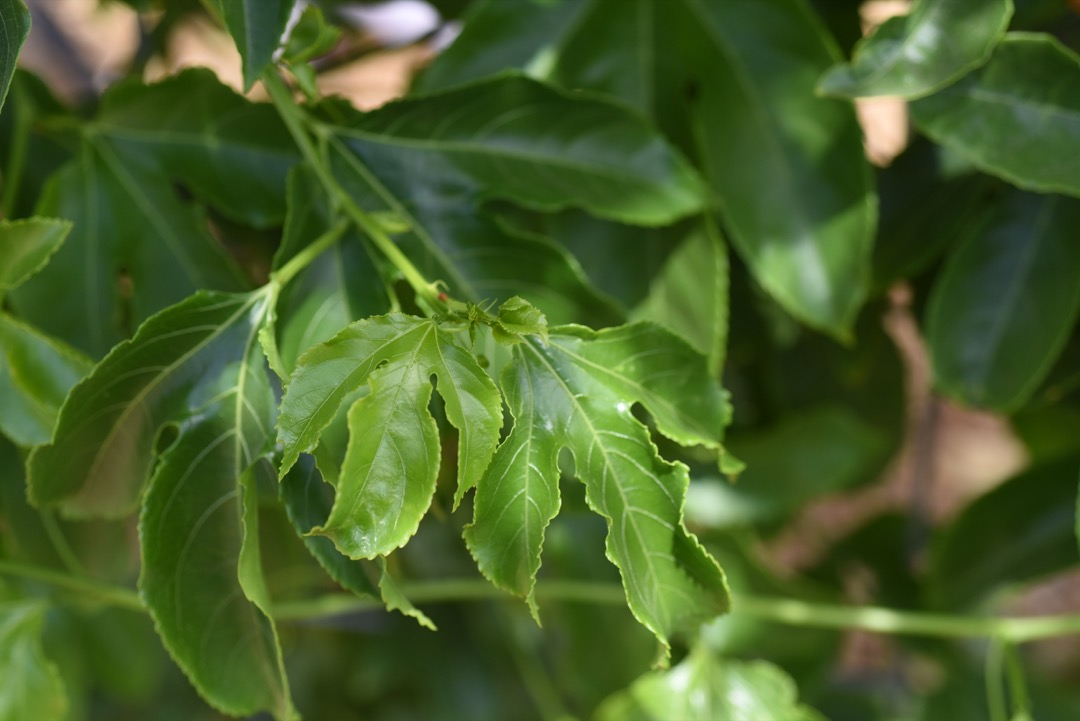A few years back I started a journey with nettle. It was spring and I was having issues with allergies (like I do every spring). I also had a cough for months that would not go away, even though I was not sick. I started to take a nettle tincture to help with the allergies and mullein to ease the coughing. At the same time, I stumbled across Susun Weed and her nourishing herbal infusions. (More about that later.)
Stinging nettle may be familiar to you as something to aid with respiratory issues like allergies. You may have also heard of the sting. This miracle plant is so much more. The leaves, flowers, roots, and seeds can all be used to help in different situations.
The botanical name is Urtica Dioica, pronounced Er-ti-ka Die-oh-ee-kah. I find that most of these herbs have names related to what they do for us. In Greek, Uro means urine, and nettle benefits the kidneys and adrenals. Dioica comes from Di-iokos, meaning two houses.
Nettle is nutritionally dense, providing minerals, vitamins, and protein. Fresh nettle leaves can be used in soups, stews, made into pesto, hummus or even combined with cheese in ravioli. It’s difficult to find fresh Nettles in the U.S., but we can use the dried leaves or grow our own.
Here's a quick overview of the nutrients in nettle:
1 quart of nettle infusion contains
- 1000mg of calcium
- 760milligrams of vitamin K
- 15000IU of vitamin A
In addition, there is blood building iron, B vitamins, memory enhancing zinc, anti-cancer selenium, immune-building sulphur, diabetes-fighting chromium, and boron for bone-building. Magnesium, manganese, chlorophyll and vitamin D are also abundant. At their peak, dry nettle leaf contain up to 25% protein!
Nettle is a tonic herb and will restore and promote health in the body.
However, nettle can interfere with blood thinners and should not be consumed if you are also on this medication.
BENEFITS OF NETTLE
Nettle seeds are used to nourish the endocrine system.
They can also be used for thyroid issues, as a poison antidote, and for healthier hair and skin.
Nettle root is also used as a hair and scalp tonic, to treat thinning hair, dandruff, and itchy scalp. The root is excellent as a kidney strengthener and can be used to help expel kidney stones and nourish the kidneys during a kidney infection. You can use the root and leaves to treat UTIs, to reduce kidney stress from diabetes, bladder, or urine issues. Again, do not use if you are on blood thinning medication.
The most common nettle preparations use the leaves and stalks.
The leaves and stalks are used to ease bleeding, for haemorrhages, nose bleeds, ans after childbirth. You can grind the leaves to a powder and use it as a styptic on wounds. This is particularly helpful if you accidentally cut your dog’s nails too short.
Again, the leaves and stalks are great for hair and skin – improving hair shine and thickness and revealing clear and luminous skin.
Nettle helps with energy levels, digestion, nutrient dense milk supply in lactating mothers and to build up the blood after large blood loss after childbirth. Use with any and all respiratory issues and infections to speed up healing and promote a stronger immune system.
The dense mineral supply in nettle helps to build and maintain healthy bones, stabilize blood sugar, and can even ease rheumatoid arthritis (in conjunction with other herbs) over time.
USING NETTLE
Susun Weed promotes the drinking of herbal infusions and I also believe this is the best way to benefit from nettle. An infusion is basically a much stronger tea. You use a large amount of the herb/plant infused/steeped in water for a long time. This differs from the 20 minute soak used for herbal teas.
Use one ounce of dry herbs, cover with 1 quart of boiling water and drink 4 or more hours later.
Serve hot or cold once strained and sweeten with some honey or juice. You can also add the infusion to smoothies or get creative in finding other ways you enjoy taking it.
I buy my leaves at Mountain Rose herbs, but there are several reputable suppliers selling a high quality organic dried herb. Bulk seeds can also be purchased from Strictly Medicinals.
Nettle has long been known to relieve arthritis and body pains by touching/being stung by the fresh leaves. When touched, hairs on the leaves come off, injecting formic acid into the skin. This acid is said to trigger a response to prevent and provide relief from aches and pains. The effects of an accidental sting can be soothed by soaking the affected area in a baking soda and water solution or paste. Often, dock is found growing close to nettle and relieves the sting as well.
After making my infusions, the leftover leaves either go into my garden or into quick soups.
For the gardeners, nettle likes rich soil and makes a great companion plant to tomatoes, broccoli, mint, and fennel. Aphids detest nettle – a nettle tea makes a great natural spray for aphids.
A simple nettle oil can be made by filling a jar with dry leaves and covering completely in olive oil. Leave in a warm spot but protect from light, for 4 weeks. Decant and store for use. It can be used for arthritis pain, on the hair and scalp, and for any skin issues, abrasions, or burns.
Most of what I share on nettle comes from Susan Weed who speaks and teaches frequently on this subject.
Delicious Nettle Smoothie
Around St. Patrick’s Day, I found this tasty recipe, which makes a great, quick breakfast or even lunch. I love to make this using the leftover nettle leaves from my infusions. It is really delicious, with a fresh taste of mint and apple, sweetness from the banana, and creaminess of the avocado. Simply add all the ingredients below to a blender, and enjoy!
- 1 cup of nettle
- 1 banana
- 1 apple
- 2 cups of coconut water (or I have used plain water, too)
- 1 small avocado
- 1/4 cup of tightly packed mint
This recipe is adapted from John at Learning herbs and the original does include kale, but I am not fond of raw kale and it works fine without.
GROWING NETTLES IN THE DESERT GARDEN
I started growing Nettles at Solitary Bee Gardens two years ago. I cannot recommend it highly enough! Slowly, more desert gardeners are starting to show an interest in this magnificent plant. It likes rich soil with lots or organic nitrogen. It does not like our full summer sun, so give it some protection starting in mid-May. Sow seeds or transplant in October.
Don’t forget to add this great herb to your Fall garden!
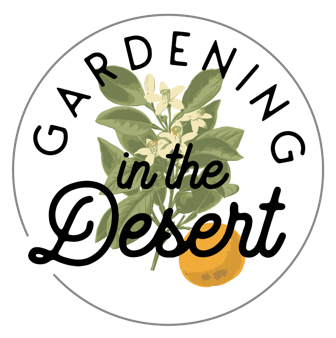
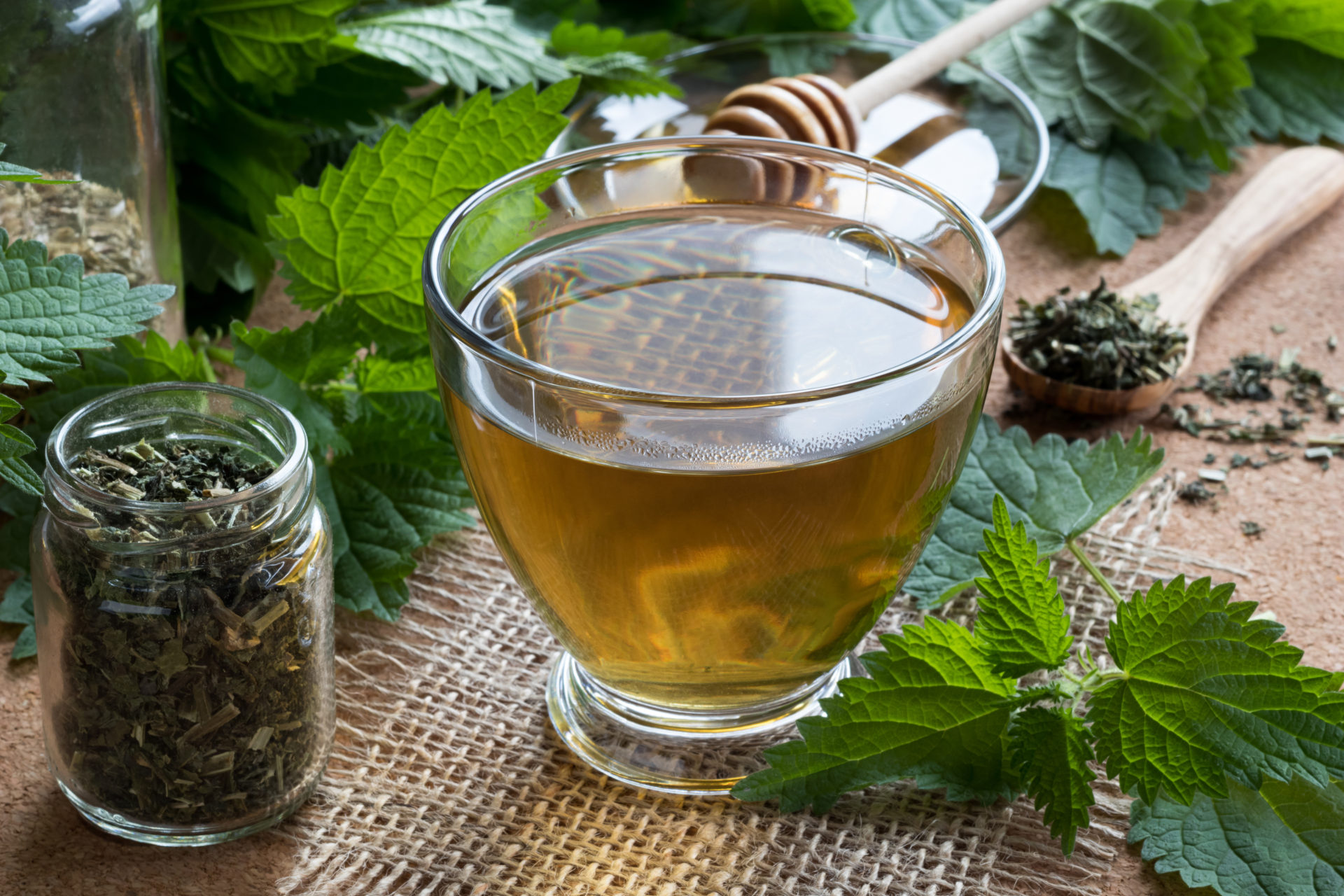
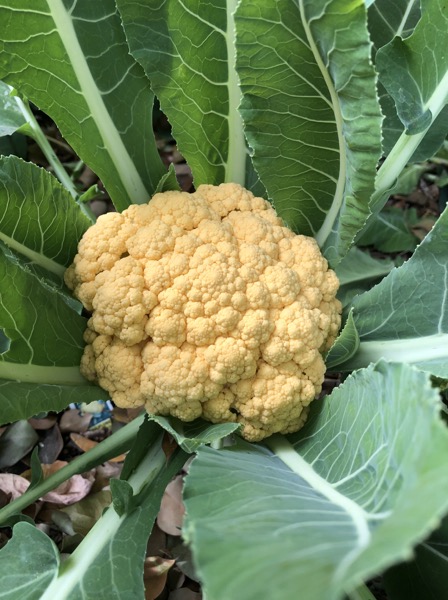
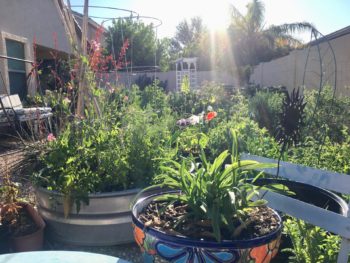
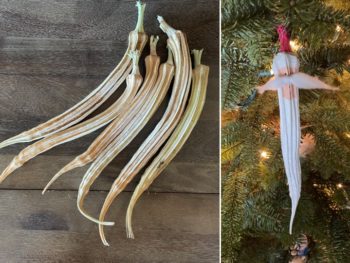
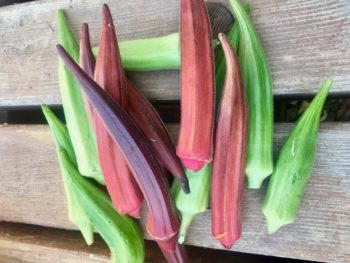


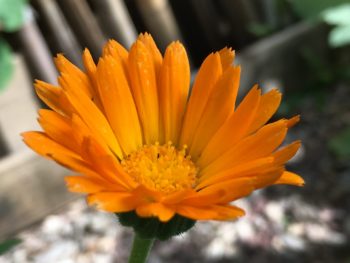
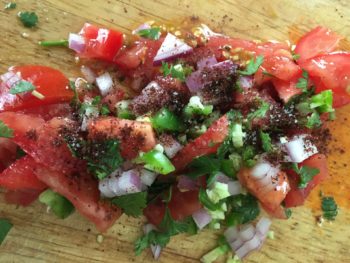
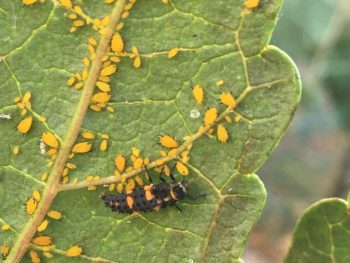
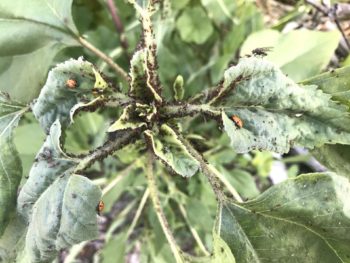
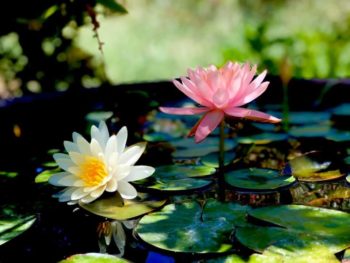
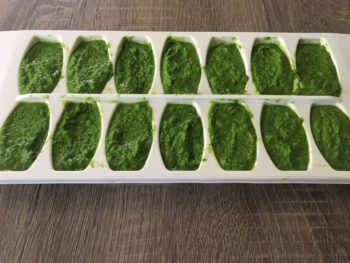
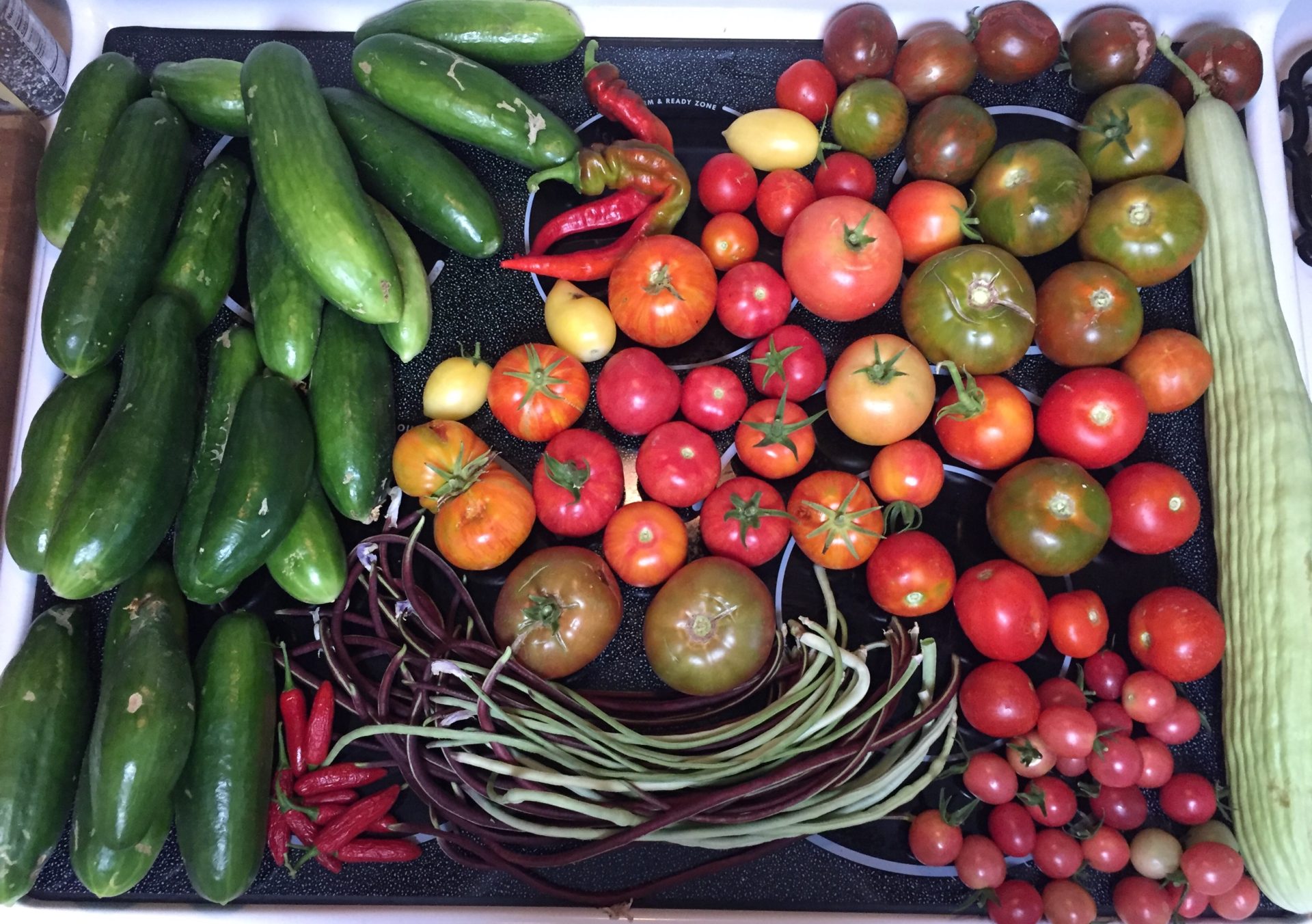 Garden of the Month: July
Garden of the Month: July